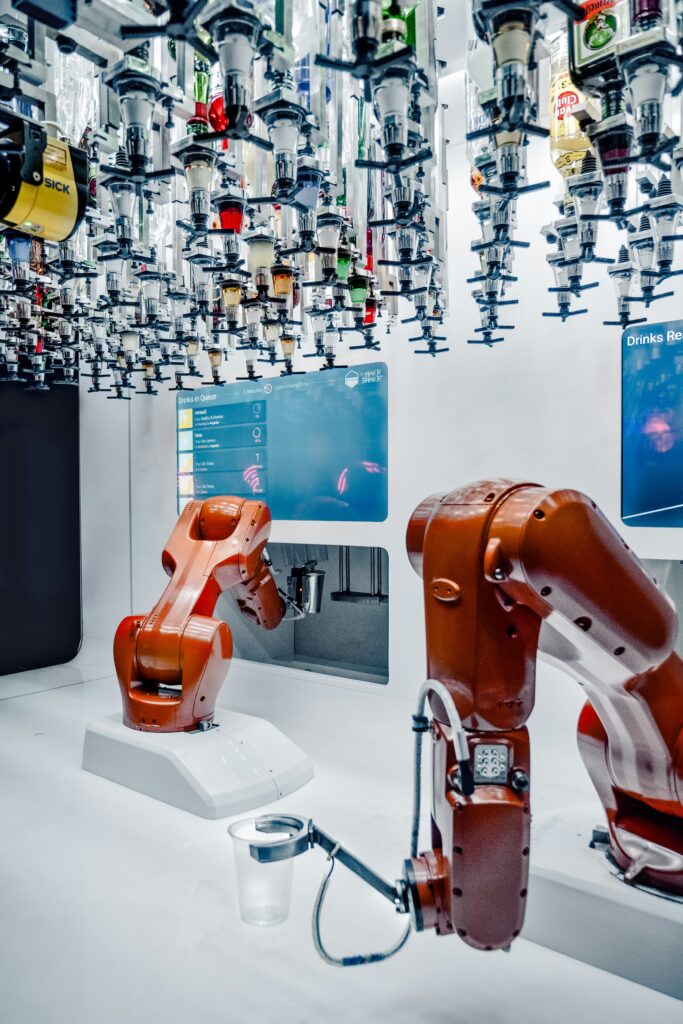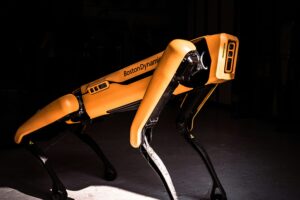Picture this: a world where your morning coffee is delivered to you by a robot barista, perfectly brewed to your exact specifications. While this may sound like the stuff of science fiction, the reality is that robotic automation is revolutionizing the way we live and work.
According to a recent report by the International Federation of Robotics, sales of industrial robots have been steadily increasing, with an estimated 2.7 million robots operating worldwide in 2021. This growth is fueled by advancements in artificial intelligence and machine learning, which allow robots to perform increasingly complex tasks with speed and precision.
But what does this mean for human workers? While some fear that robots will replace jobs, others argue that automation actually creates new opportunities for workers to upskill and focus on more meaningful tasks. As Jeff Bezos, CEO of Amazon, puts it, “The robots have freed up our associates from doing the mundane, repetitive tasks, so they can focus on more strategic work.”
The rise of robotics also has broader societal implications. With robots taking on dangerous and dirty jobs, workers are able to stay safe and healthy. Additionally, automation can lead to increased productivity and efficiency, ultimately benefiting businesses and consumers alike.
In conclusion, the rise of robotics is not just a technological advancement but a cultural shift that has the potential to reshape industries and improve our quality of life. As we move forward into this automated future, it is crucial to embrace the potential benefits while also addressing the challenges that come with it.



